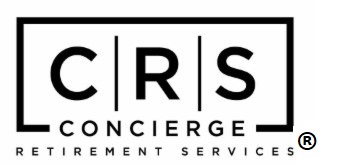
Ten states have passed bills requiring you to adopt a state-mandated retirement plan if you do not have a qualified retirement plan like a 401k. Those states include California, Colorado, Connecticut, Illinois, Maine, Maryland, New Jersey, New York, Oregon, and Virginia, and this number is likely to at-least double over the next 5 years.
The state plan provides an automatic enrollment feature that encourages employees to save for retirement via IRA contributions, but the limits for IRA contributions are much lower than that of qualified plans.
There are no company contributions for IRA programs and key employees of the company (owners/executives) are limited to IRA contribution limits which stand at only $6,500 in 2023.
These IRA provisions do not offer loan options or other distribution options that a qualified plan like a 401k plan allows.
So why in the world would a company prefer the government program over their own 401k plan?
The appearance of lower cost is the only reason a company would choose a state-sponsored IRA program over a qualified 401k plan. The government program was created with a small cost component compared to administering a qualified 401k plan. However, there are hidden costs associated with government plans:
- It takes valuable time for a small business to set-up a state-run IRA program.
- Penalties for not setting-up or enrolling employees into the program can be expensive.
- Who will help participants monitor and evaluate their investments? Who will help them set-up the right asset allocation?
- What about the lost-opportunity costs associated with contributions made by participants in the low-limit IRA program $6,500 ($7,500 if age 50 or over) compared to the 401k program which allows for $66,000 ($73,500 if age 50 or over)?
With recent SECURE 2.0 legislation, new tax credits make plan start-up costs virtually zero for the first three years.
